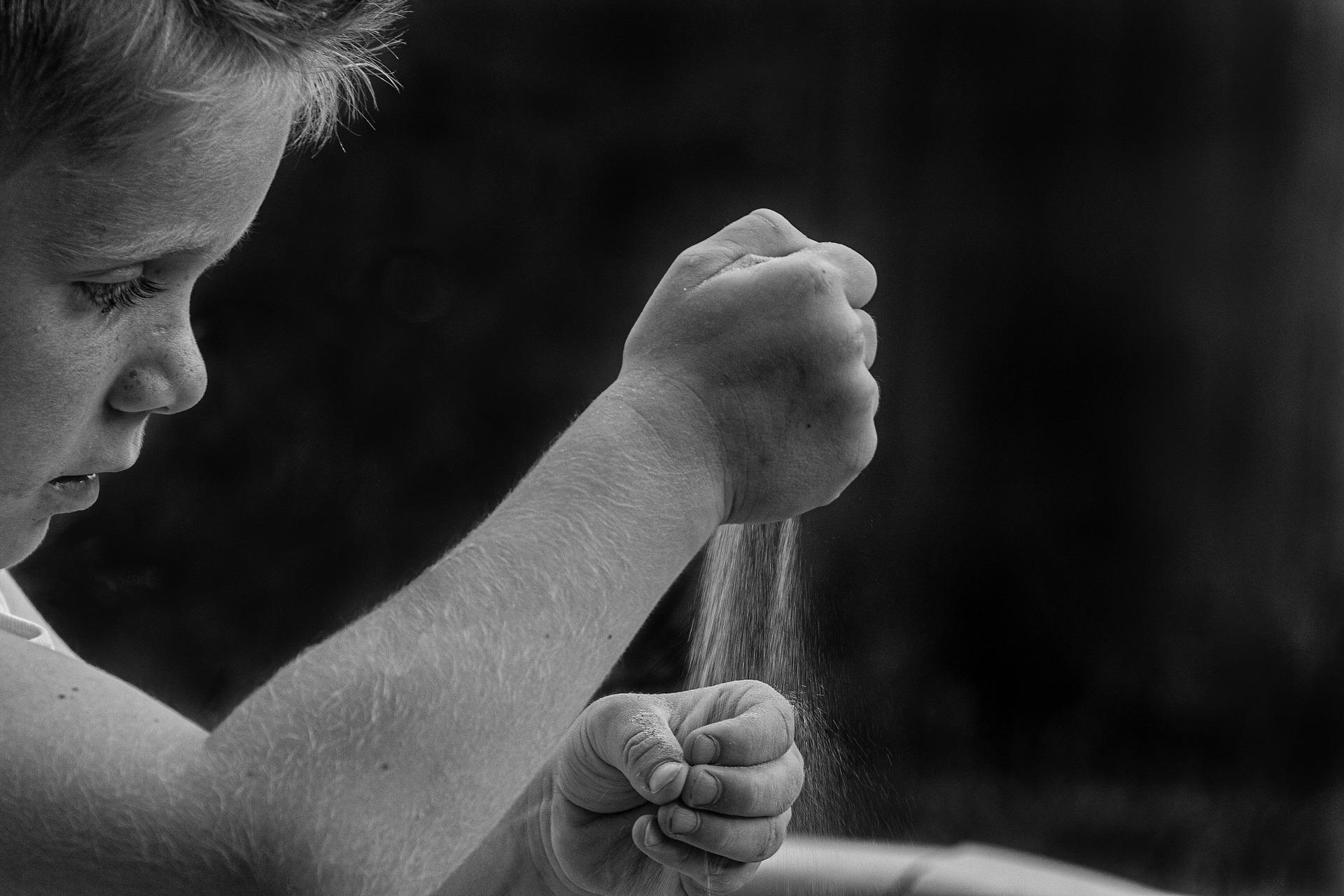3 Tools for Transitions

Transitions can stir up emotions whether it’s a new school year or a new season. Having some simple and accessible grounding strategies can be helpful when we get closer to change. These three tools are designed for children and their caregivers to help bring calm and balance to the body and mind.
Along with consistency and clear expectations, here are three ideas to keep transitions smooth:
Physically getting on the child’s level

Image by 5540867 from Pixabay
Being at the same eye level as the child helps build empathy and connection. When children’s emotions are creeping up it’s easy for us adults to forget that our bodies are beautiful tools. When we move the body to get at eye level, the child often feels safer, more connected, and better able to regulate their emotions.
Using imagination as a tool

Image by beate bachmann from Pixabay
Deep breathing is an incredible tool due to its many proven benefits and accessibility. We are so lucky to have it with us all the time! Using colors or smells to instruct breathing helps make it more fun and encourages a deeper breath. Inhaling through the nose if not stuffed up is best for diaphragmatic breathing (belly breathing). “Imagine breathing in the color yellow. Exhale and breathe out purple.” “Imagine breathing in the smell of pizza/strawberries/chocolate ice cream and exhale all the air out.” Children have such vivid imaginations! They love picking their own smells and colors which makes it more fun! “You can’t use up Creativity. The more you use, the more you have.” – Maya Angelou
Distraction

Image by Gisela Merkuur from Pixabay
For a long time, I thought distraction was a bad thing- especially when I was learning about mindfulness. I thought it wasn’t a good thing to take someone out of the present moment and that we always want to be bringing attention inward. I’ve since learned that it is absolutely ok to use distraction as a tool to help soothe the body and mind, especially for neurodiverse friends. If someone is having a hard time, using bubbles, singing songs, counting, or having them smell lavender can all help. We don’t want to consistently teach children to escape their big feeling with distractions, but we can use it as a tool to get them back to baseline which is where learning and decision-making take place. No one can learn or think clearly when they are having big feelings, so using distraction as a tool can help to get their prefrontal cortex back online. Once their nervous systems are balanced, that’s when giving them a strategy or teaching them how to cope can happen.
We all have different bodies and minds. One tool might work for one person and not another. The best tools are the ones that work! We don’t know which ones will until we try them and see. In my experience, anytime strategies are light and playful it goes over much better than with a serious tone or flavor. Coping skills can be fun!
For information on accessible video tools to soothe body and mind, check out our sister brand, Roots Up